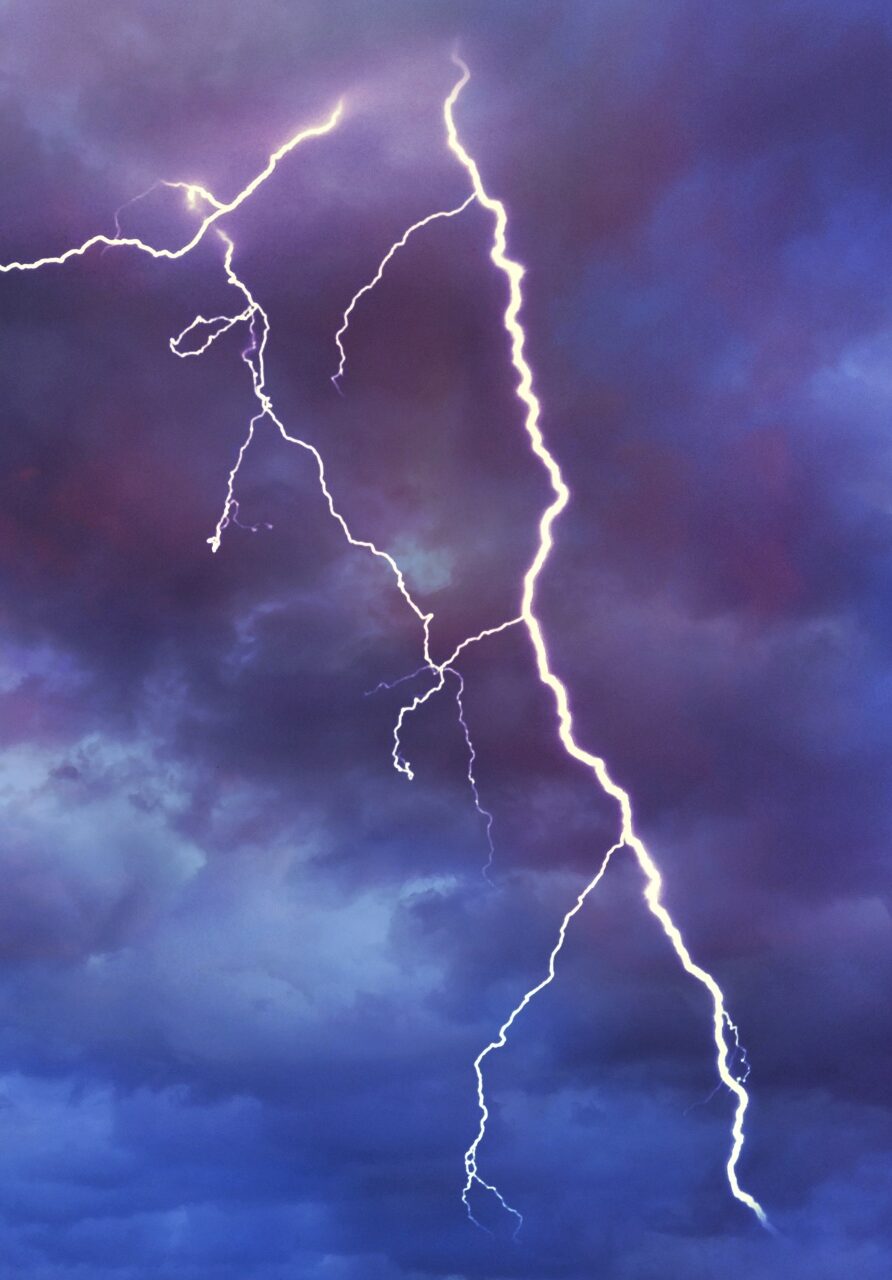Thunderstorm Cloud Appearance Affects Lightning Flashes, According to Articles by Rudlosky and Zhang
 ESSIC/CISESS scientists Scott Rudlosky (SCSB) and Daile Zhang along with former CICS scientist Michael Peterson recently collaborated on two articles concerning the appearance of lightning flashes and thunderstorm clouds.
ESSIC/CISESS scientists Scott Rudlosky (SCSB) and Daile Zhang along with former CICS scientist Michael Peterson recently collaborated on two articles concerning the appearance of lightning flashes and thunderstorm clouds.
The first article, “Changes to the Appearance of Optical Lightning Flashes Observed From Space According to Thunderstorm Organization and Structure”, was published in a special issue of Journal of Geophysical Research: Atmospheres. The researchers looked at the relationship between the appearance of lightning from a satellite view and the type of storms that spawned the lightning. They found that dense clouds often hide lightning and make bolts near the edge of storm clouds seem more prominent. Light can reflect off of lower cloud layers and make flashes appear larger than reality. As thunderstorms grow, develop, and dissipate, light produced by lightning is scattered and reflected.
The second article, “Full Access Thunderstorm Cloud-Type Classification from Space-Based Lightning Imagers”, uses the knowledge from the last article and applies it to forecasting. Since we know that lightning is altered by thunderstorm clouds, we can use this information to identify and classify these clouds. The organization and structure of thunderstorms determines the extent and severity of their hazards to the general public and their consequences for the Earth system. The researchers developed an algorithm for the GLM data that identifies convective and non-convective regions in thunderstorms based on signatures of interactions with non-convective charge structures in the lightning flash data. Based on their results, they recommend efforts to develop this research into an operational product.
Scott Rudlosky is a SCSB/STAR/NESDIS/NOAA visiting associate research scientist working in collaboration with ESSIC/CISESS. He serves as a member of the GOES-R Risk Reduction Team that develops algorithms and datasets to better understand future operational applications of total lightning datasets that will be provided by the Geostationary Lightning Mapper (GLM) aboard the upcoming GOES-R satellite. This research focuses on the evaluation of ground- based lightning detection networks relative to satellite observations, and the development and evaluation of operational lightning products. As a member of the SCSB, Scott’s focus is broadening to include microwave precipitation observations and the detection of wildfires from space.
Daile Zhang received her Ph.D. degree in Atmospheric Sciences at the University of Arizona. During her PhD, she studied lightning physics and lightning detection under Dr. Ken Cummins, a world-leading lightning scientist. Currently, she is a postdoctoral associate at ESSIC, focusing on evaluating and assessing space-based lightning sensors such as the Geostationary Lightning Mappers (GLMs) on GOES-16 and 17. Daile is passionate about lightning and thunderstorms and photographing them.





